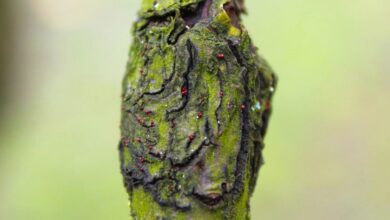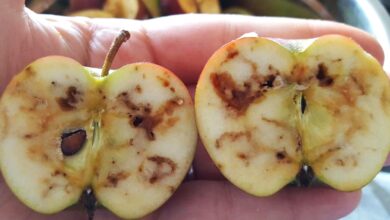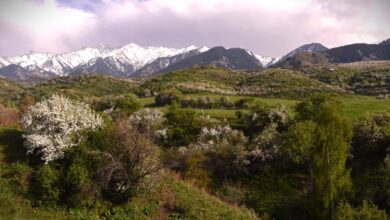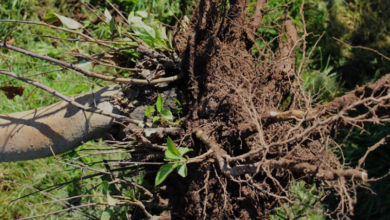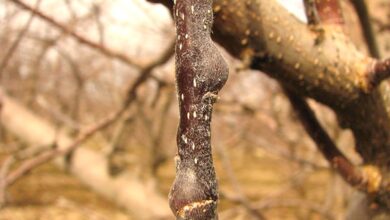Armillaria Root Rot Treatment: How Do You Treat Armillaria Root Disease?
What Causes Root Rot İn Armillaria?
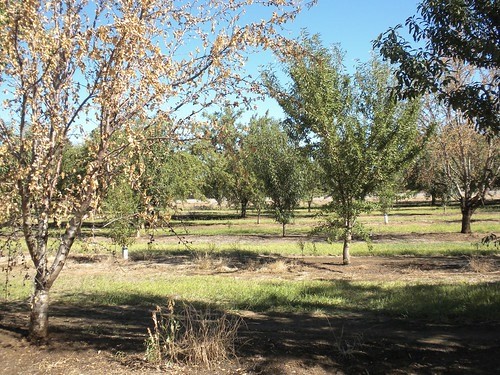
Nothing compares to a juicy, fresh apple that you grew yourself. It’s just the greatest thing ever. But growing apples means you have to watch for diseases that could kill or cripple your hard-won crop. For instance, Armillaria root rot in apples is a dangerous condition that can be challenging to cure once it has taken hold. Thankfully, there are a few clear signs that you can keep an eye on throughout the year in your orchard (or just one apple tree!).
Apples With Armillaria Root Rot
Several fungal pathogens belonging to the Armillaria genus are responsible for Armillaria root rot. It can be challenging to identify an infection unless you pay close attention because these fungi can be persistent and covert. Armillaria is not a disease to be taken lightly because it will eventually kill the majority of trees and woody plants it comes into contact with. For years or decades, it can survive in infected stumps and large sections of underground roots, spreading long, shoestring-like, reddish-brown rhizomorphs that seek out new trees to infect. Apples may initially exhibit mild symptoms of Armillaria, including branch dieback, leaf bronzing and wilting, and leaf drooping or curling along the midrib.
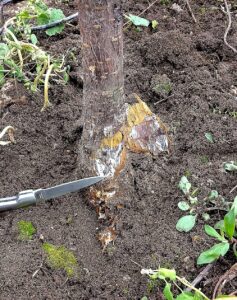
The fruiting bodies of the fungus are yellowish gold mushrooms that may be seen growing at the base of infected trees in the fall or winter. Large, dark-colored, oozing cankers and mycelial fans—white, fan-like structures beneath the bark—may appear on your apple tree as the infection worsens. Additionally, your tree might collapse without warning or start its fall color change earlier than usual.
How to Treat Armillaria Root Rot
Armillaria root rot has no known cure, so farmers and homeowners have limited options for dealing with an infected apple orchard. You can spend more time with your plant by exposing the tree’s crown, which will help slow the fungus’s growth. Remove the soil around the base of the tree in the spring to a depth of 9 to 12 inches (23 to 31 cm), and then leave it uncovered for the rest of the growing season. Digging a trench to divert water away is necessary if drainage is a problem because keeping this area dry is crucial. You should replace your apple with a less vulnerable species, such as a pear, fig, persimmon, or plum, if it dies from Armillaria root rot. A variety’s tolerance to Armillaria should always be checked; some are more resistant than others. A new tree should never be planted close to an infected tree unless the stump and any significant roots have been removed. It’s even better to wait a year or two after removal so that any tiny root fragments you might have overlooked can fully decompose.

